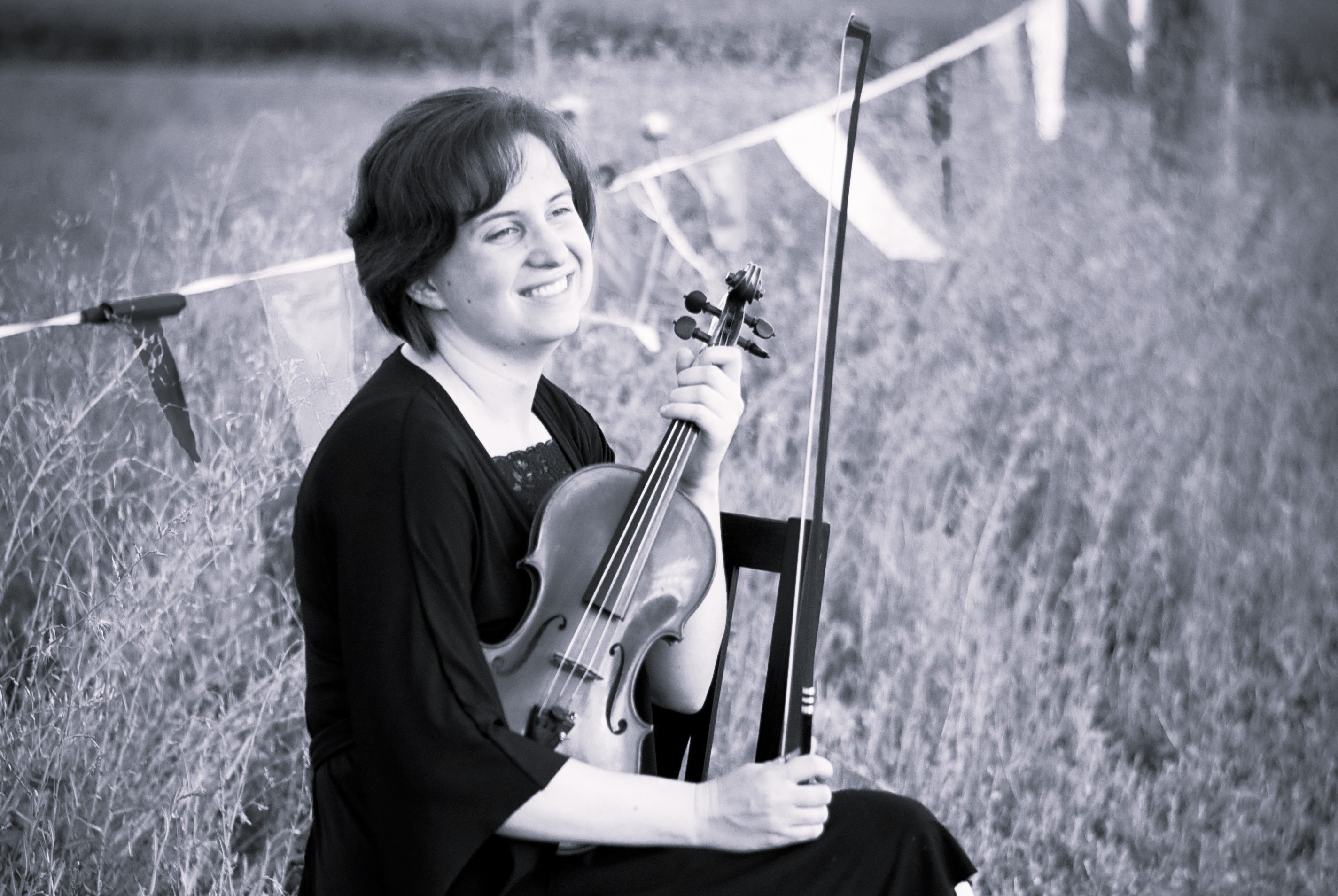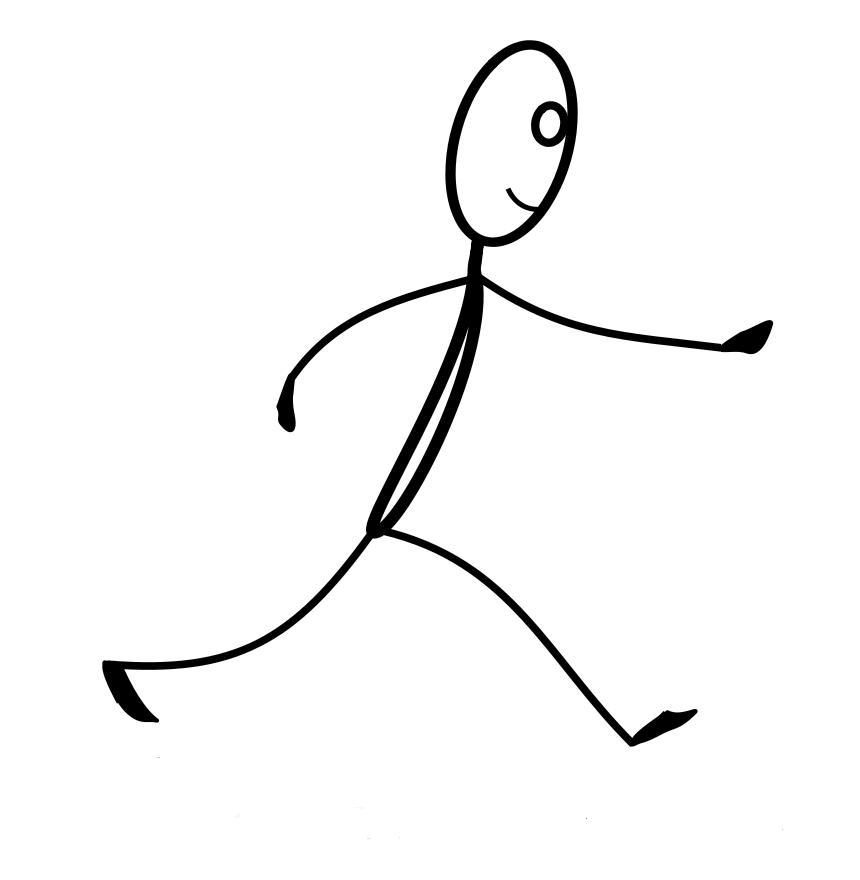- Pieces with fun, descriptive titles, such as "Hunter's Chorus," "Spring Sonata," or "The Girl with the Flaxen Hair"
- Fiddling
- String quartet music
- Great musicals with great violin solos, like Fiddler on the Roof, or Oliver!
- Great composers, including but not limited to, Vaughan Williams, Bach, Prokofiev, Sarasate, Mozart, Rob Gardner, or Mark Isham*
- Opportunities to bear testimony of Christ through music
- When a student actually practices every day
- Hearing a movie intro (for example, in Last of the Mohicans) that features an awesome violin melody
- When family members or friends ask me to play for them; I see that as a huge compliment and don't take it for granted
- When colleagues are respectful or inspiring
- Hearing my husband say he still remembers the first time he heard me play
- A fun project like a recording or solo recital
- When I get to compose a violin part for a particular band's cover of a Celine Dion song
- Getting asked to play for a wedding
- Collaborating musically with friends
- Hearing the world's best musicians on a local classical radio station
- Touring Europe with a collegiate orchestra and seeing the Berlin Philharmonic perform live
- Watching Hilary Hahn perform in person with the local symphony and play a Bach sonata for her encore, accompanying Shlomo Mintz in an orchestra and then watching him reach out and shake my stand partner's and my hands, playing in Walt Disney Hall soon after it opened, being on stage at Carnegie Hall as a freshman in high school, participating in an orchestra backing up Sissel, seeing John Williams' smile while he conducted, soloing with a local community orchestra in a period gown suitable for Mozart's day, participating in the Closing Ceremonies of the Olympic Winter Games, recording the end of Beethoven's "Ode to Joy" (at an incredible pace) with a gigantic choir and orchestra, accompanying the inspiring Evelyn Glennie"”the only time I've seen bare feet on stage, sitting in front of ten french horns for a performance of Respighi's "Pines of Rome," playing the solo for Holst's "Jupiter" with the All-State Orchestra, recording movie soundtracks and CD's, soloing and snapping fingers/shouting on stage for Bernstein's "Symphonic Dances from West Side Story," and the list goes on . . .
- Performing for Shinichi Suzuki before his death
- Seeing Twoset Violin videos"”check them out; they're hilarious
- When a young boy comes up and kisses my hand after a summer theme park performance
- Hearing a performer with perfect intonation, impressive clarity, and soaring (but slightly subdued) expressive tone, who approaches their performance with an attitude of prayer or love for the music itself, not just to justify vanity or cater to the crowd
*Rob Gardner is famous for oratorios such as Joseph Smith the Prophet and Lamb of God. His rendering of "Savior, Redeemer of My Soul" is popularly performed among LDS musicians.
Mark Isham is a modern movie composer who wrote the music for October Sky and Dolphin Tale.








